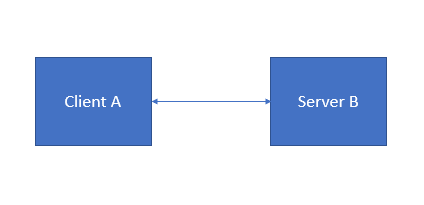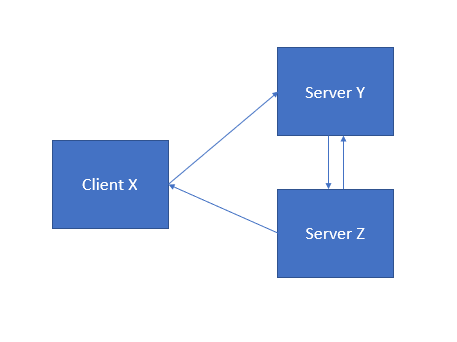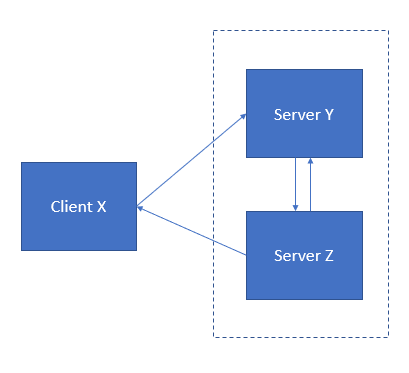Some patent applications discuss networks including a single server and a single client. As a result, when claiming one device (for example, Client A), the role of the other device (for example, Server B) is minimized. As a result, it can be straightforward to claim the interaction of the one device (again, the client) with the entire network.

Meanwhile, the prior art already includes many innovations with three or more devices. For example, prior art Client X might interact with prior art Server Y and prior art Server Z.

An Applicant claiming Client A might have this prior art applied against their claims. Clearly, Applicant’s invention includes single Server B, while the prior art includes both Server Y and Server Z.
Maybe the Applicant conducts an interview with the Examiner. During the interview, the Applicant asks how the Examiner has interpreted the prior art. The Examiner then draws a box around prior art Servers Y and Z.

Thus, the Examiner has taken the position that prior art Client X’s interactions with the remainder of its network discloses the network interactions of Applicant’s Client A.
It is clear the Examiner has modified the prior art. However, it is almost impossible to argue against such a modification. For example, many prior art documents include boilerplate language about (re-)distributing the functions of the disclosed servers.
Thus, Applicant should amend their claim to clarify how the operations of Client A differ from the operations of Client X. In some cases, this amendment might be as simple as including the address of Server B in its communications. In that scenario, Client A might patentably differ from Client X by virtue of including the address of the same server in its communications.
Of course, this type of rejection is highly fact-specific. Different facts will suggest different amendment strategies.